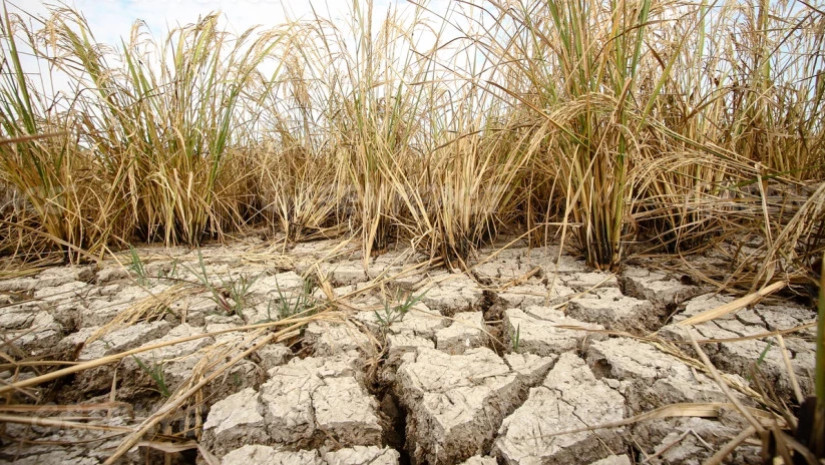The World Meteorological Organization (WMO) has declared El Niño is now underway, increasing the likelihood of record high global temperatures and disruptive weather patterns over the next 12 months.
The agency's announcement on Tuesday marks eight years since the last El Niño developed, which began in 2015, and ended in 2016.
"The collective evidence from both oceanic and atmospheric observations strongly points towards the presence of El Niño conditions in the Pacific," it read.
The WMO update combines forecasts and expert guidance from around the world and follows similar declarations made by several national agencies earlier this year, including the USA and Japan.
While Australia is historically one of the nations hardest hit by El Niño, weather patterns have so far not shifted in our region, and rainfall has been widespread through the past two weeks.
El Niño refers to a change in weather patterns around the world resulting from a tongue of warmer than average sea surface temperatures across the equatorial Pacific Ocean.
The impacts of El Niño typically last nine to 12 months, varying from region to region, and its arrival comes with warnings of extreme weather events.
"The onset of El Niño will greatly increase the likelihood of breaking temperature records and triggering more extreme heat in many parts of the world and in the ocean," WMO secretary-general Professor Petteri Taalas said.
"The declaration … is the signal to governments around the world to mobilise preparations to limit the impacts on our health, our ecosystems and our economies," he said.


















